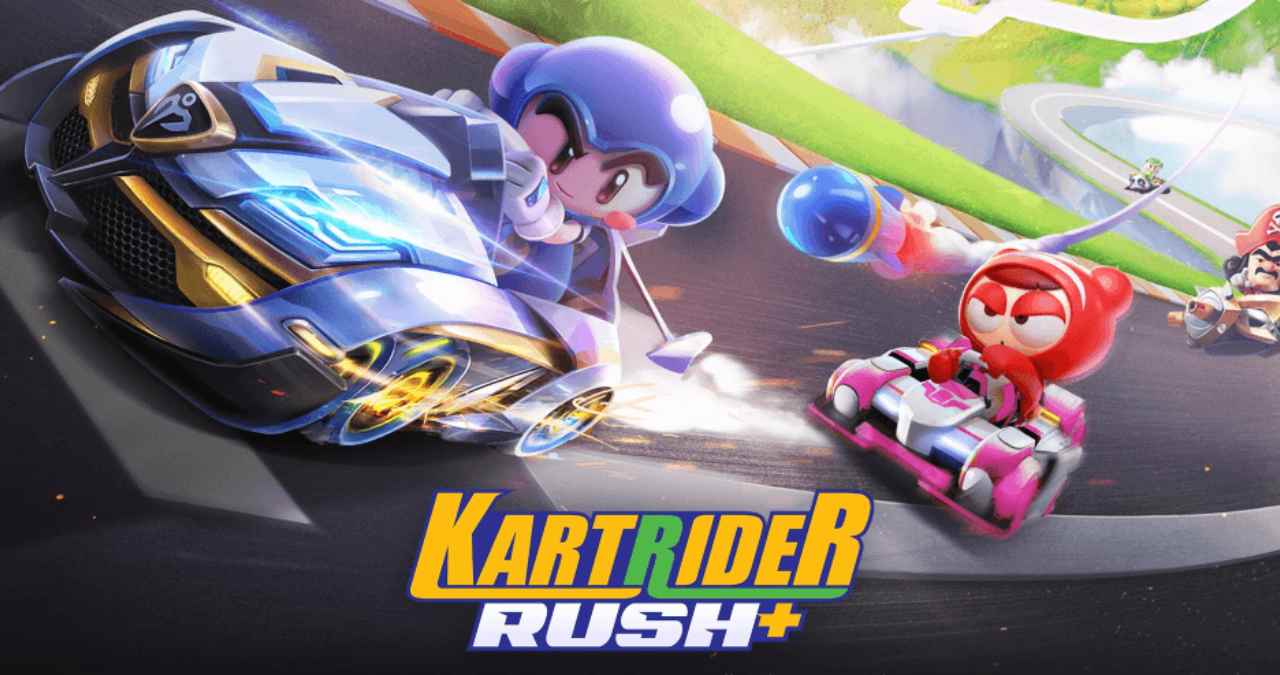The mobile kart racing game brings real-world traffic safety into its virtual tracks through a collaboration with Gyeonggi Bukbu Provincial Police, blending public service with in-game customization and themed challenges.
What the Collaboration Includes
The event introduces new cosmetic content featuring branding from the Gyeonggi Bukbu Provincial Police. Players can pick up themed karts and outfits, along with police-inspired decals and a new vehicle modeled after an actual patrol car. The assets are strictly visual—no gameplay systems are affected—but they give players a different kind of customization option, one tied to public awareness rather than seasonal or fantasy content.
There’s also a timed event where players complete missions tied to the collaboration, unlocking the police-themed kart and other items. These challenges are fairly standard for KartRider events, designed to keep players logging in regularly over a set period. It’s more of a content refresh than a gameplay shake-up.
A Public Safety Campaign in a Virtual Space
What stands out here is the intention behind the crossover. This isn’t about brand synergy or IP cross-promotion. It’s a digital campaign for real-world traffic safety, aimed at younger players who make up a large part of the KartRider Rush+ audience. By putting that message inside the game itself, the campaign skips traditional channels and goes straight to the space where its audience is already spending time.
There’s precedent for this kind of initiative. Other games, particularly in mobile and online spaces, have hosted educational or awareness content—usually around mental health, cyberbullying, or emergency alerts. But this is more localized and more tightly focused, using a racing game’s own theme—movement, speed, vehicles—as a direct connection to the messaging.
Platform, Timing, and Broader Implications
The campaign is live now on the mobile version of KartRider Rush+, available on both iOS and Android. Nexon hasn’t announced plans to bring it to other regions or platforms, which suggests this is a region-specific test rather than a global rollout. That could change depending on how well it performs.
While the collaboration is unlikely to shift gameplay or community dynamics in a major way, it does show how mobile games are being viewed as viable platforms for real-world messaging. Especially in South Korea, where mobile penetration is high and games like KartRider maintain a consistent user base, this kind of in-game collaboration might signal more creative partnerships ahead.
For now, it’s a curious footnote in KartRider Rush+’s ongoing evolution—and another example of how games and public institutions are starting to overlap in unexpected ways.
Mobile Game Addict & Casual Gaming Critic
She’s played more mobile games than most people have downloaded. TAPTAPTAP is fast, fierce, and funny — reviewing the latest hypercasual hits, idle clickers, and gacha grinds with real talk and zero fluff.




